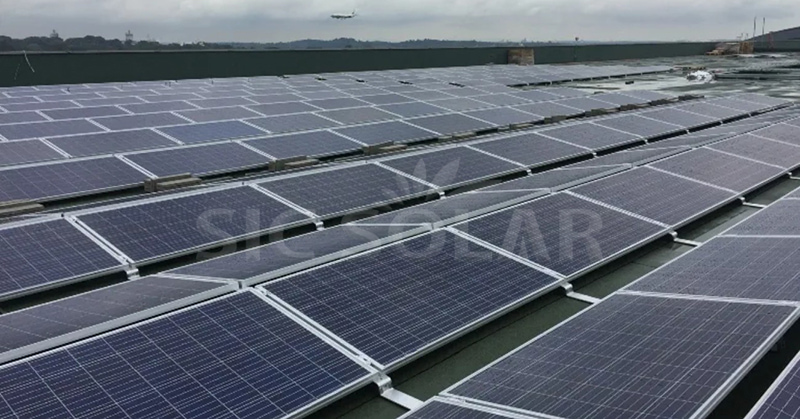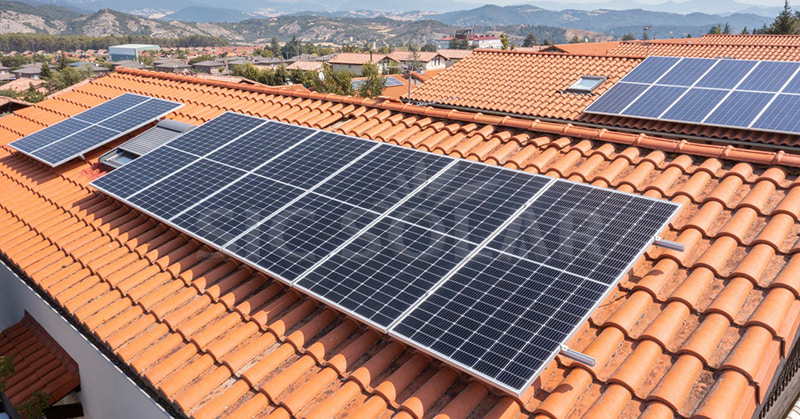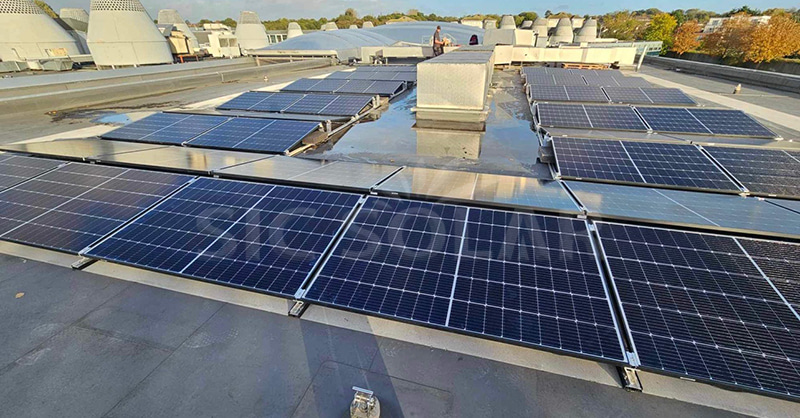How Do I Attach Solar Panels to My Roof?
Installing solar panels on a roof is an effective way to harness solar energy while making use of existing space. Proper installation is essential to ensure durability, safety, and optimal energy production. Whether for residential or commercial use, the right mounting system plays a crucial role in securing the panels and maintaining the integrity of the roof.
Step 1: Assess Your Roof’s Suitability
Before installing solar panels, evaluate whether your roof is suitable for a solar system. Consider the following factors:
✔ Roof Strength – Ensure the roof can support the weight of solar panels and racking.
✔ Orientation and Tilt – South-facing roofs (in the Northern Hemisphere) typically receive the most sunlight. The optimal tilt angle depends on your location.
✔ Shading Issues – Minimize shading from trees, buildings, or other obstructions to maximize energy production.
✔ Roof Material – Different roofing materials require specific mounting solutions.
Step 2: Choose the Right Solar Mounting System
Solar panels are attached to the roof using a mounting system, which ensures stability and long-term performance. There are three main types of roof mounting systems:
1. Rail-Based Mounting System
One of the most common methods, rail-based systems use metal rails to support solar panels. Brackets or flashings are installed onto the roof, and rails are attached securely before mounting the panels. This system offers strong support and flexibility in panel placement.
2. Rail-Less Mounting System
In this system, panels are directly attached to the roof without using long rails. Instead, mounting brackets secure the panels individually. This method is lightweight and reduces material costs but requires precise installation.
3. Ballasted Mounting System (For Flat Roofs)
For flat roofs, ballasted mounting systems use weights (such as concrete blocks) to hold the panels in place without penetrating the roof. This method is common in commercial installations.
✔ SIC Solar, a manufacturer of photovoltaic mounting systems, provides a variety of reliable mounting solutions designed for different roof types, ensuring a secure and efficient installation.
Step 3: Install the Mounting System
Once the right mounting system is selected, follow these steps for installation:
1)Mark the Mounting Points – Identify where the brackets or flashing will be placed to align with the roof’s structural beams for maximum support.
2)Secure the Brackets or Flashing – Attach mounting brackets using stainless steel bolts and waterproof sealants to prevent leaks.
3)Install Rails (if applicable) – If using a rail-based system, fasten the rails onto the brackets to create a secure base for the solar panels.
4)Ensure Proper Alignment – Check that all mounting components are level and properly spaced to support the panels.
Step 4: Attach the Solar Panels
With the mounting system in place, the solar panels can be installed:
✔ Position the Panels – Place each panel onto the mounting structure, ensuring they are properly aligned.
✔ Secure the Panels – Use clamps or brackets to fasten the panels to the rails or mounts. Ensure a firm grip to withstand wind and weather conditions.
✔ Connect Wiring – Wire the panels together following electrical safety guidelines, connecting them to the inverter and power system.
Step 5: Final Inspection and Testing
After installation, conduct a thorough inspection to ensure:
✔ The panels are securely fastened.
✔ There are no roof leaks or structural issues.
✔ Electrical connections are safe and functional.
A professional installer can verify the system's performance and ensure compliance with local regulations.
Attaching solar panels to a roof requires careful planning, the right mounting system, and proper installation techniques. With quality racking solutions from SIC Solar, homeowners and businesses can ensure a secure and efficient solar installation that maximizes energy production.


